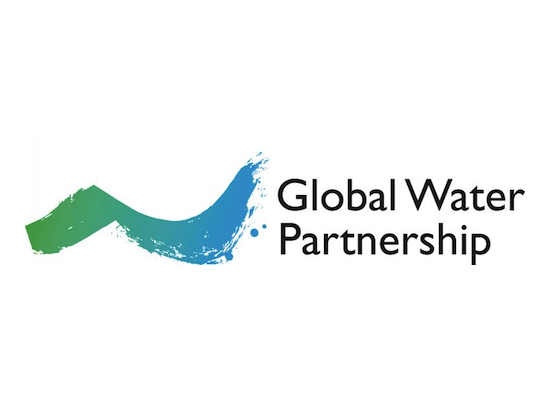Primary Functions
- Outlines components of the worlds of insurance and water management.
Detailed Description
As the global climate shifts and changes the frequency and intensity of natural disasters, they are expected to increase. It is, therefore, not surprising that there has been increasing interest among the global community in financing adaptation measures and the means to mobilise investments. In this context, there is a developing discourse emerging from recent Conferences of the Parties around loss and damage, risk-insurance facilities, climate-risk pooling, and other insurance solutions. The insurance industry is increasingly aware of the emerging challenges associated with disasters and climate change. An emphasis on loss and damage by itself runs the risk of limiting this risk to being reactive and compensatory as opposed to promoting measures that contribute to risk-reduction strategies and affirmative action. The scope for the development of products that provide an incentive for proactive policies and interventions poses a particular challenge in developing countries. This is in part due to weak and indebted economies, income disparities, and the often less than equitable provision of basic services.
Many products and initiatives have been developed, but it is not always clear what their effects have been and to what extent they prompt actions to reduce climate risks and build resilience (Gerber and Mirzabaev, 2017). It is necessary to explore the question of how climate-related risk-transfer mechanisms, including insurance, can mobilise water-related disaster risk reduction investments and, by so doing, contribute to development. As the focus is on risk transfer, this paper will cover its role in promoting actions and measures that contribute to the reduction of loss and damage caused by water-related events and, by extension, disaster risk-reduction measures that provide protection from extreme weather events. This paper does not set out to provide solutions or answers to that question. Rather, it seeks to promote a discussion between the insurance and water sectors around this question.





